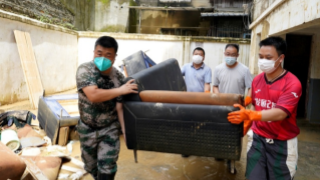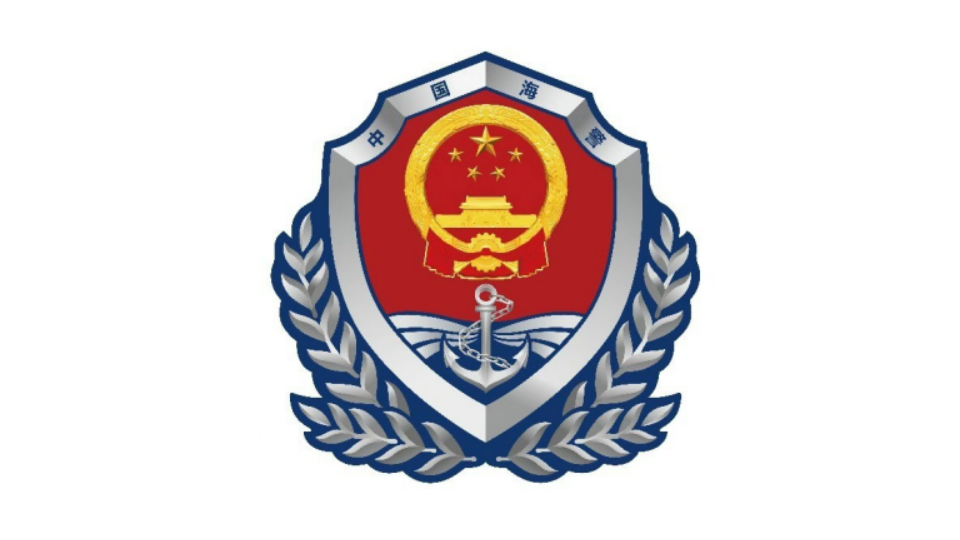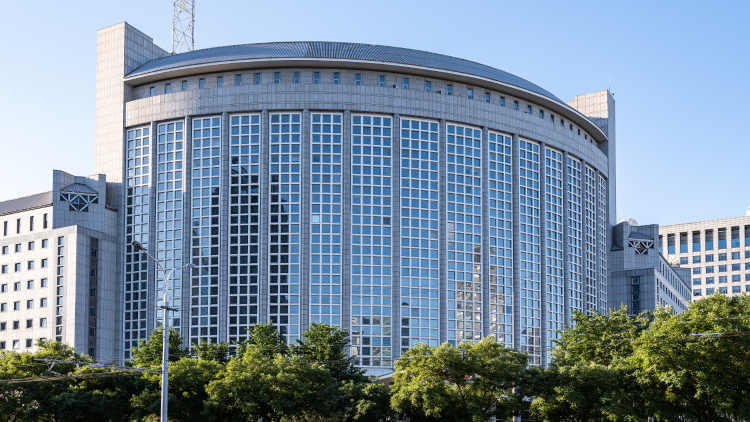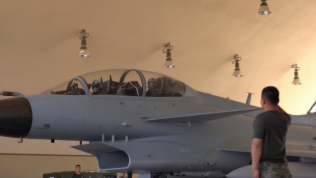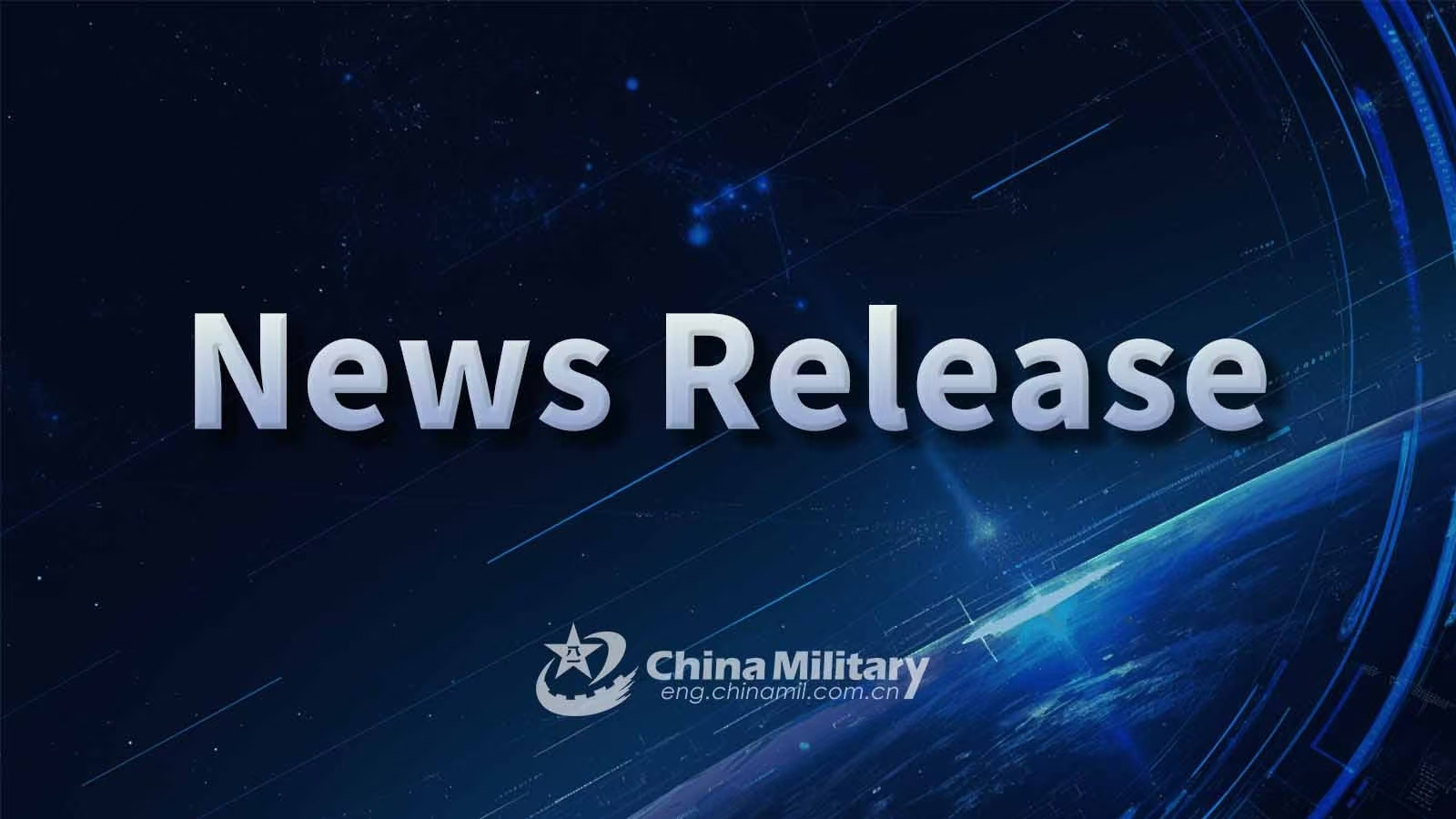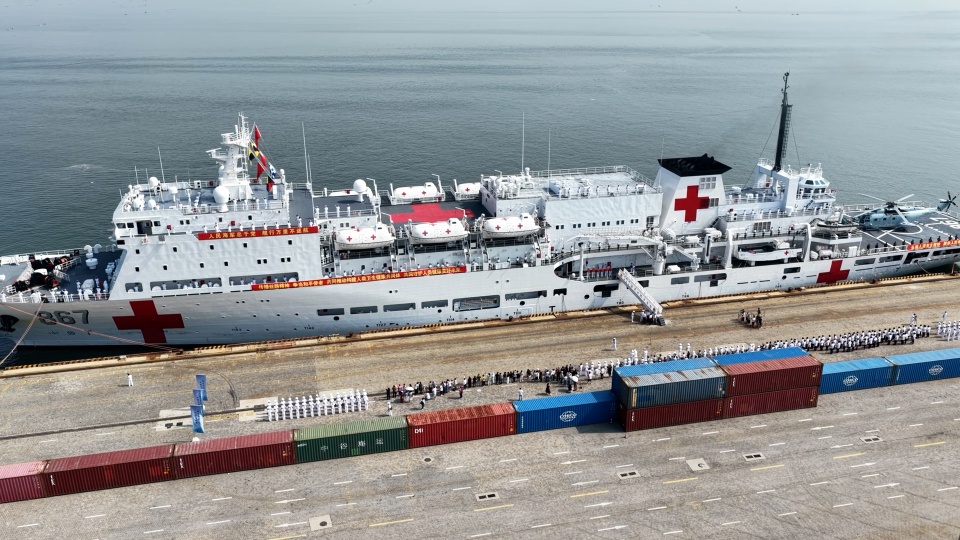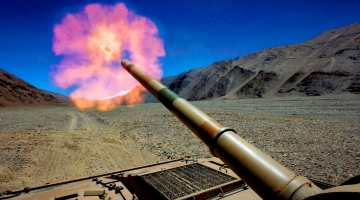November 11, 2021 marks the 72nd anniversary of the founding of the Chinese People's Liberation Army Air Force (PLAAF).
For the past 72 years, under the leadership of the Communist Party of China, PLAAF has tempered and grown in wars and battles, and advanced in military reform and transformation, creating immortal feats for safeguarding China's national sovereignty, security and development interests.
The generations of PLAAF service members and people caring about and supporting its development have written or witnessed the PLAAF's brilliant achievements, leaving behind multiple stories. Tao Wei, an air force pilot of the Chinese People's Volunteers (CPV) is one of them, and here is an unforgettable experience he dictated and shared during the interview.
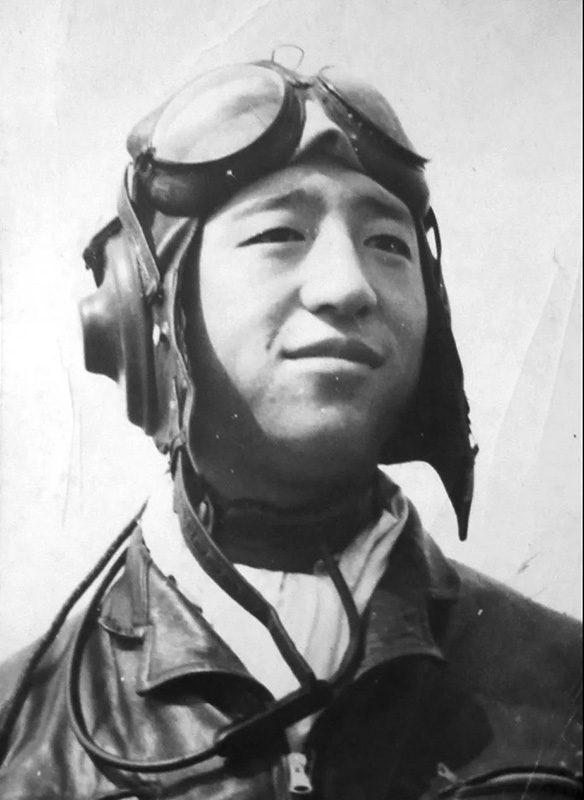
In the second half of 1950, when the War to Resist U.S. Aggression and Aid Korea broke out, I was a senior high school student in Wuhan, capital city of Hubei Province. Joining the army and going to Korea to resisting the U.S. aggressors was a choice made by many young people at that time. Of the 40 students in my class, more than 30 chose to be recruited for the military, and I was no exception. On January 16, 1951, upon receiving the order of enlistment, I, at my age below 17, packed my luggage and registered in a preparatory school of the PLA Air Force in Xiaogan City about 60 km away from Wuhan. Before departing, my mother was reluctant to let me go and asked worriedly: "Can we win the war?" To be honest, I had no answer to my mother’s question at that time.
Time flew. In the three months studying in the preparatory school, I had learned about the nature and purpose of the People's Liberation Army (PLA), the battlefield situation in the war to resist US aggression and aid Korea, and I was delighted and encouraged by the news on the first shot-down of an enemy plane by Li Han, a pilot in the 4th Division of the PLAAF. At that time, an idea occurred to me: to be a fighter pilot like Li Han to defeat the invaders on the battlefield and defend China's territorial air space.
In April 1951, my dream of becoming a fighter pilot came true. I was assigned to the former PLA Air Force Third Flight Academy in Jinzhou City, Liaoning Province, to pursue my study as a pilot cadet. For more than a year, I flew Yakovlev Yak-18, YakovlevYak-11 trainers and the Mikoyan-Gurevich MiG-9 fighter jet in succession. What remains fresh in my memory is that Li Yongtai, who was then a flight group leader under the PLA Air Force 4th Division, acted as the supervisor in my graduation examination. In the War to Resist U.S. Aggression and Aid Korea, Li shot down four enemy planes. Although I had a mild cold during the exam, I still successfully completed all the subjects in the exam.
In July 1952, I was dispatched to the 4th Division, where I and the other pilots started to refit the MiG-15 fighter jets. At the end of that year, we completed the mission as assigned and began to take on combat duty. In March 1953, the 4th Division advanced to the DPRK for the fifth time to participate in the war to resisting US aggression and aid Korea. It was the first time for me, a 19-year-old young man, to be on a battlefield. As new pilots, we were lucky to have veteran pilots who were here to impart us combat experience. Their experience not only saved my life many times, but also facilitated me to achieve feats on the battlefield.
April 17, 1953, marked my first involvement in an air combat. However, shortly after taking off, I was left behind with insufficient engine thrust, and even more dangerous, "locked" by four US F-86 Sabres. Despite the combat tactics I had learnt from veteran pilots, for the first time in actual combat, I had to rely all on my own to decide when to launch counterattacks and what tactical maneuvers should be used. Calming down, I steered to the enemy planes abruptly as the right time came, and left no time for the enemy planes to respond since they had never expected I could counterattack. With no delay, I immediately steered right, smoothly getting rid of the enemy planes, and successfully "locking" them instead. I fired at the enemy planes and damaged one after three consecutive shots and returned with success.
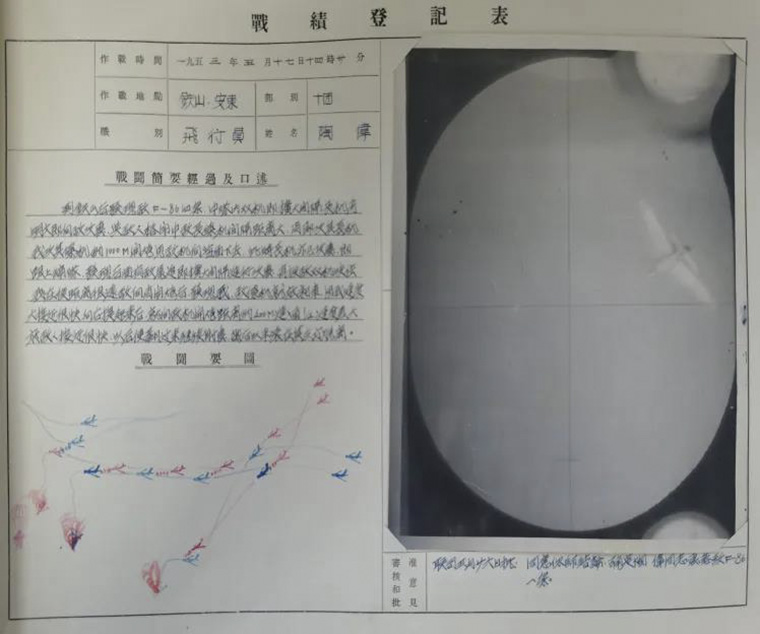
The first success in the air battle made me more confident. One month later, on May 17, I took off for the second time. This time, our 8 fighters fought fiercely with 20 enemy fighters. In that battle, we achieved the victory of shooting down 4 enemy aircrafts, and I set in the PLAAF the first record of launching a close-in attack at the enemy warplane within 120 meters. Later, when seeing the photos in which I piloted my fighter to charge at the enemy warplanes as my plane rolled and fired the airborne gun at the enemy planes, and shot down an enemy plane while my fighter was making upside down flight, Wang Xiangxiong, deputy commander of the 4th Division, blurted out: "This is really a bayonet fighting in the air!"
No one could always ensure a safe triumph in air combats. On the eve of the victory of the war, my plane was hit by 21 shells from the U.S. planes. The fragments of the exploded cockpit cover left nearly 40 marks permanently on my neck, arms and thighs, though no critical system of my plane was damaged.
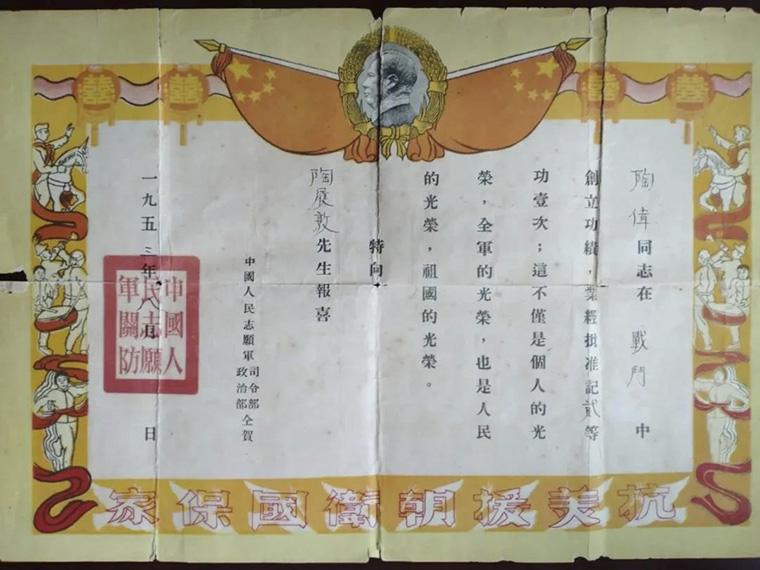
In 1953, after the signing of the Korean Armistice Agreement, my family received my second-class merit citation certificate. My mother framed it in a glass photo frame, and hung it in the most conspicuous place in the house. I think this is the best answer to my mother’s question, and also the best answer to my motherland.





